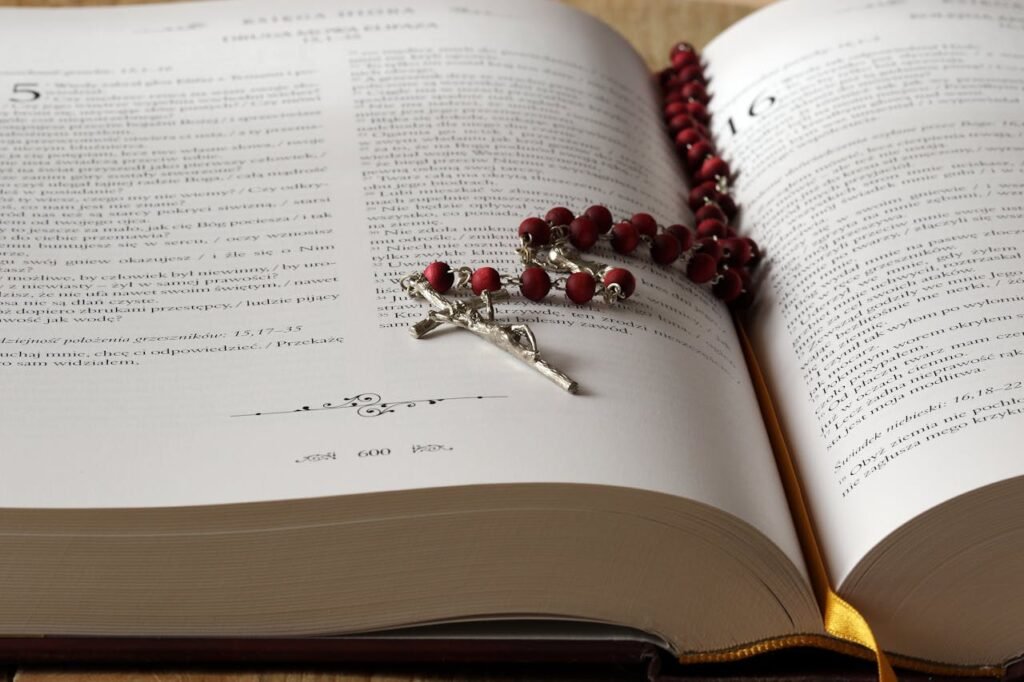
Understanding the Differences Between Catholicism and Christianity
where spiritual identities shape cultures, values, and communities, the terms “Catholic” and “Christian” are often used interchangeably—yet they also spark confusion. A new effort by theologians and educators aims to clarify this important distinction while reinforcing shared beliefs at the core of both traditions.
The term “Christian” broadly refers to anyone who follows the teachings of Jesus Christ. This includes a wide range of denominations such as Catholicism, Protestantism, Eastern Orthodoxy, and others. In this sense, Catholics are Christians, but not all Christians are Catholic.
“The difference lies not in the belief in Christ, but in doctrine, tradition, and interpretation of Scripture,” explains Dr. Amanda Reilly, a religious studies professor at the Global Institute of Theology. “Catholicism represents the largest Christian denomination, tracing its leadership directly to the Apostle Peter, whom Catholics believe was appointed by Jesus as the first Pope.”
Key Differences Explained:
- Authority: Catholics follow the Pope and believe in the authority of the Church’s tradition along with the Bible. Many other Christians, particularly Protestants, hold the Bible as the sole authority (“Sola Scriptura”).
- Sacraments: Catholicism recognizes seven sacraments including the Eucharist, baptism, and confirmation, while many Protestant churches acknowledge only two: baptism and communion.
- Saints and Mary: Catholics venerate Mary and the saints, asking for their intercession. Other Christians honor them but do not typically pray to them.
- Worship Style: Catholic services (Mass) are highly liturgical, with structured rituals, while many Christian services outside of Catholicism may be more informal or modern in format.
What is the different between Catholic and Christian is here
Despite their differences, Catholics and other Christians are united in core beliefs such as the divinity of Jesus, his death and resurrection, and salvation through faith.
A Global Moment of Clarification
This renewed interest in distinguishing the two terms comes at a time when religious illiteracy is growing. Social media is flooded with debates, misinterpretations, and even hostility fueled by misunderstanding.
“Understanding the nuances helps build bridges, not walls,” says Father Luis Mendoza of the St. Paul Global Mission. “At the heart of both Catholic and Christian teachings is love, compassion, and the mission to serve others.”
With over 1.3 billion Catholics globally and over 2.6 billion Christians overall, this distinction matters—not for division, but for education and unity.

